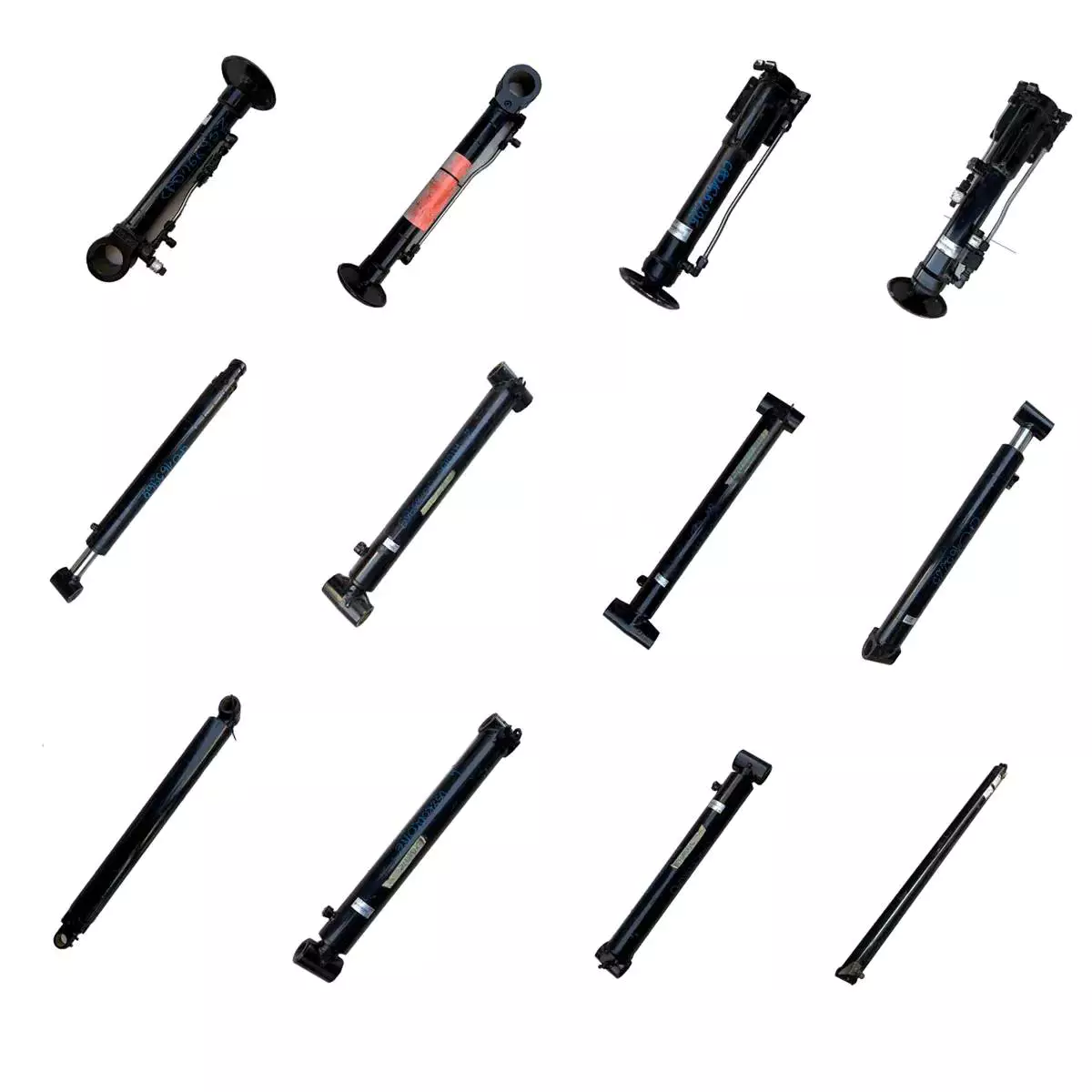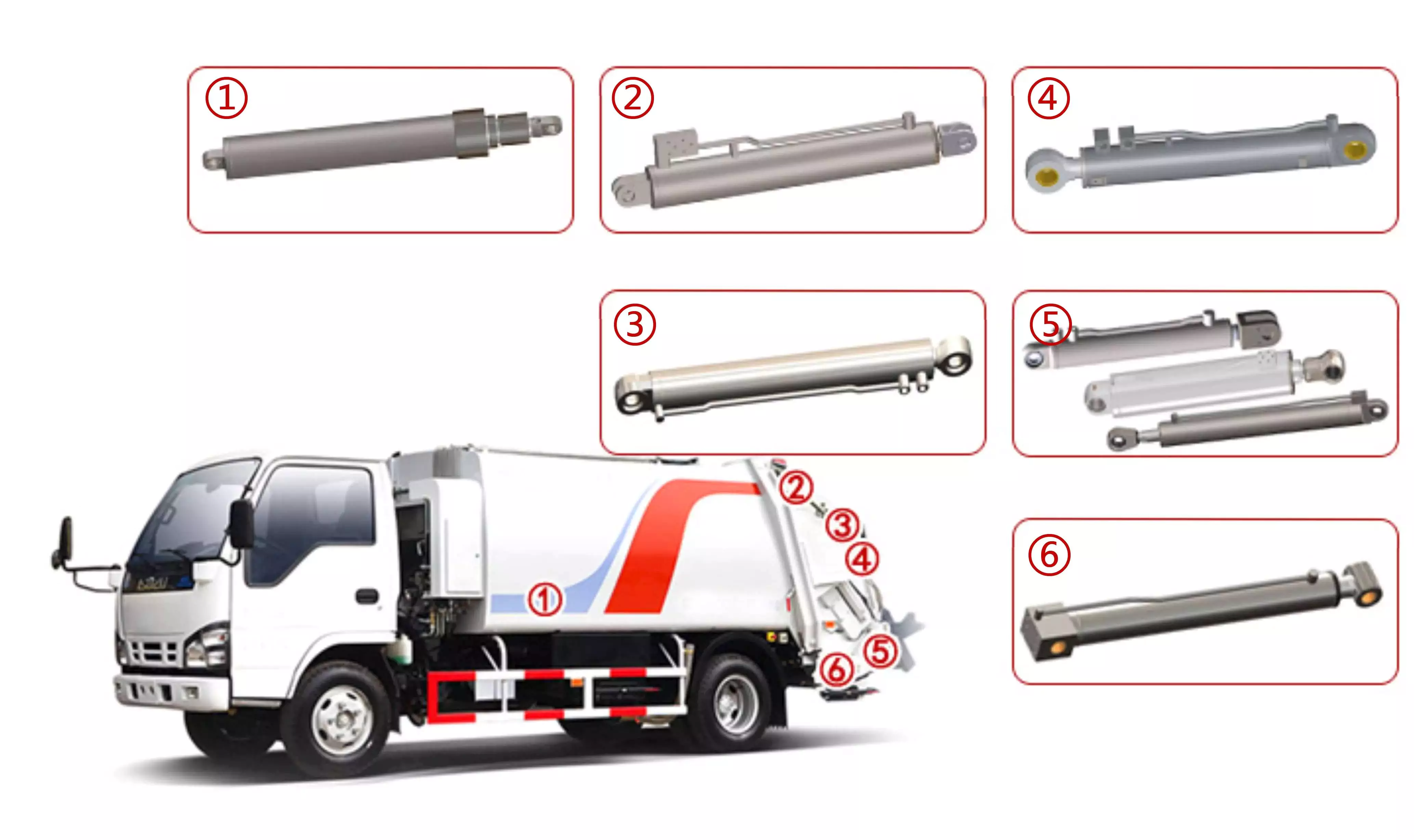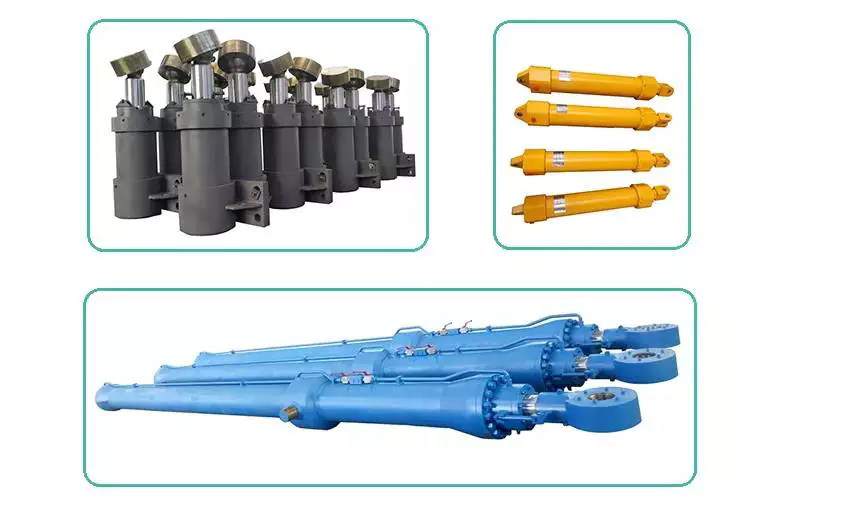Produktbeschreibung
Technical requirements
1.application standard:DOT3AA 2265psi gas cylinder
2.Filling contents:permanent gas or liquified gas
3.Environmental climate:-20ºC-60ºC
4.Material:4130x(30CrMo)
5.Heat treatment(quenched&tempered)
| Quench | Quench contents | temper | ||
| temperature | time | Water+additive | temperature | time |
| 870ºC-910ºC | ≥45min | 600ºC-700ºC | ≥70min | |
6.hydraulic test pressure:3778PSI(26MPA)
7.maximum working pressure:2265PSI(15.6MPA)
8.
| Chemical composition% | C | Mn | Si | Cr | Mo | S | P |
| 0.26-0.34 | 0.40-0.70 | 0.15-0.35 | 0.80-1.10 | 0.15-0.25 | ≤0.035 | ≤0.030 |
9.
| Mechanicalproperties | Zugfestigkeit | Yield stress | elongation | Wall stress |
| ≥104.4KSI | ≥81.2KSI | ≥20%(2″) | 68601PSI |
10.
| specification |
Volumetric(water)capacity | 2640cu.in(43.3L) |
| Length approx | 51.18″(1300mm) | |
| Tare weight approx | 114.4lb(52kg) |
Export Markets:South America, Eastern Europe, Southeast Asia, Mid East
| DOT-3AA | ||||||
| Type | 2900(232) | 2400(232) | 2400(232) | 2175(232) | 2400(232) | 2900(232) |
| (mm) | 232 | 232 | 232 | 232 | 232 | 232 |
| Diameter | ||||||
| (mm) | 1480 | 1450 | 1450 | 1345 | 1355 | 1475 |
| Height | ||||||
| (kg) | 71.5 | 60 | 60 | 49.5 | 54 | 69.5 |
| Weight(without valve, cap) | ||||||
| (psi) | 2900 | 2400 | 2400 | 2175 | 2400 | 2900 |
| Service Pressure | ||||||
| (psi) | 4833 | 4000 | 3625 | 4000 | 4833 | |
| Testing Pressure | ||||||
| Thread NGT3/4″ or NGT1″ | ||||||
| Material | 4130X | 4130X | 34Mn2V | 37Mn | 37Mn | 4130X |
| (mm) | 7 | 5.8 | 5.8 | 5.2 | 5.8 | 7 |
| Wall Thickness (in) | 0.272 | 0.225 | 0.225 | 0.204 | 0.225 | 0.272 |
| Water Capacity (L) | 50 | 50 | 50 | 46.7 | 46.7 | 50 |
| DOT-3AA | ||||||
| Type | 2265 (232) | 2400(232) | 2400(232) | 2175(232) | 2400(232) | 2900(232) |
| (mm) | 232 | 232 | 232 | 232 | 232 | 232 |
| Diameter | ||||||
| (mm) | 1345 | 1450 | 1450 | 1345 | 1355 | 1475 |
| Height | ||||||
| (kg) | 49.5 | 60 | 60 | 49.5 | 54 | 69.5 |
| Weight(without valve, cap) | ||||||
| (psi) | 2265 | 2400 | 2400 | 2175 | 2400 | 2900 |
| Service Pressure | ||||||
| (psi) | 3775 | 4000 | 3625 | 4000 | 4833 | |
| Testing Pressure | ||||||
| Thread NGT3/4″ or NGT1″ | ||||||
| Material | 4130X | 4130X | 4130X | 37Mn | 37Mn | 34Mn2V |
| (mm) | 5.4 | 5.8 | 5.4 | 6 | 6 | |
| Wall Thickness (in) | 0.212 | 0.225 | 0.212 | 0.234 | 0.234 | |
| Water Capacity cuin(L) | 46.7 | 48.8 | 43.3 | 68 | 80 | 68 |
| DOT-3AA | ||||||
| Type | 2400(267) | 2400(267) | 2300(279) | 2400(279) | 2300(279) | 2015(220) 229 |
| (mm) | 267 | 267 | 279 | 279 | 279 | 229 |
| Diameter | ||||||
| (mm) | 1495 | 1475 | 1630 | 1605 | 1595 | 1320 |
| Height | ||||||
| (kg) | 81 | 79 | 93.5 | 94.5 | 88 | 45.8 |
| Weight(without valve, cap) | ||||||
| (psi) | 2400 | 2400 | 2300 | 2400 | 2400 | 2015 |
| Service Pressure | ||||||
| (psi) | 4000 | 4000 | 3833 | 4000 | 4000 | 3360 |
| Testing Pressure | ||||||
| Thread NGT3/4″ or NGT1″ | ||||||
| Material | 34Mn2V | 4130X | 4130X | 34Mn2V | 4130X | 4130X |
| (mm) | 6.6 | 6.6 | 6.6 | 6.9 | 6.9 | 4.8 |
| Wall Thickness (in) | 0.259 | 0.259 | 0.259 | 0.271 | 0.271 | 0.186 |
| Water Capacity cuin(L) | 68 | 66 | 82 | 80 | 80 | 0.186 |
| DOT-3AA | ||||||
| Type | 2265(25)229 | 2400(300) 235 | 2265 (232) | 2265 (232) | 2265 (232) | 2900(232) |
| (mm) | 229 | 235 | 232 | 232 | 232 | 232 |
| Diameter | ||||||
| (mm) | 1320 | 1420 | 1170 | 1300 | 1430 | 1205 |
| Height | ||||||
| (kg) | 50 | 59 | 43.5 | 48 | 52.5 | 57 |
| Weight(without valve, cap) | ||||||
| (psi) | 2265 | 2400 | 2265 | 2900 | ||
| Service Pressure | ||||||
| (psi) | 3775 | 4000 | 3775 | 3775 | 3775 | 4883 |
| Testing Pressure | ||||||
| Thread NGT3/4″ or NGT1″ | ||||||
| Material | 4130X | 4130X | 37Mn | 37Mn | 37Mn | 4130X |
| (mm) | 5.3 | 5.8 | 5.4 | 7.0 | ||
| Wall Thickness (in) | 0.208 | 0.236 | 0.212 | 0.272 | ||
| Water Capacity cuin(L) | 43.3 | 48.9 | 40 | 45 | 50 | 40 |
| DOT-3AA | ||||||
| Type | 2900(232)I | 2900(232)I | 2175(267) | 2175(267) | 2175(267) | |
| (mm) | 232 | 232 | 267 | 267 | 267 | |
| Diameter | ||||||
| (mm) | 1340 | 1385 | 1320 | 1500 | 1520 | |
| Height | ||||||
| (kg) | 62.5 | 64.5 | 66.5 | 73.5 | 75.5 | |
| Weight(without valve, cap) | ||||||
| (psi) | 2175 | |||||
| Service Pressure | ||||||
| (psi) | 4833 | 4833 | 3625 | 3625 | 3625 | |
| Testing Pressure | ||||||
| Thread NGT3/4″ or NGT1″ | ||||||
| Material | 4130X | 4130X | 37Mn | 37Mn | 37Mn | |
| (mm) | 6.0 | |||||
| Wall Thickness (in) | 0.234 | |||||
| Water Capacity cuin(L) | 45 | 46.7 | 60 | 68 | 70 | |
/* March 10, 2571 17:59:20 */!function(){function s(e,r){var a,o={};try{e&&e.split(“,”).forEach(function(e,t){e&&(a=e.match(/(.*?):(.*)$/))&&1
| Material: | Steel |
|---|---|
| Usage: | |
| Structure: | Piston Cylinder |
| Power: | Hydraulic |
| Standard: | Standard |
| Pressure Direction: | Double-acting Cylinder |
| Anpassung: |
Verfügbar
|
|
|---|

How do hydraulic cylinders handle the challenges of precise positioning and control?
Hydraulic cylinders are designed to handle the challenges of precise positioning and control with a combination of engineering principles and advanced control systems. These challenges often arise in applications where accurate and controlled movements are required, such as in industrial automation, construction, and material handling. Here's a detailed explanation of how hydraulic cylinders overcome these challenges:
1. Fluid Power Control:
– Hydraulic cylinders utilize fluid power control to achieve precise positioning and control. The hydraulic system consists of a hydraulic pump, control valves, and hydraulic fluid. By regulating the flow of hydraulic fluid into and out of the cylinder, operators can control the speed, direction, and force exerted by the cylinder. The fluid power control allows for smooth and accurate movements, enabling precise positioning of the hydraulic cylinder and the attached load.
2. Control Valves:
– Control valves play a crucial role in handling the challenges of precise positioning and control. These valves are responsible for directing the flow of hydraulic fluid within the system. They can be manually operated or electronically controlled. Control valves allow operators to adjust the flow rate of the hydraulic fluid, controlling the speed of the cylinder's movement. By modulating the flow, operators can achieve fine control over the positioning of the hydraulic cylinder, enabling precise and accurate movements.
3. Proportional Control:
– Hydraulic cylinders can be equipped with proportional control systems, which offer enhanced precision in positioning and control. Proportional control systems utilize electronic feedback and control algorithms to precisely regulate the flow and pressure of the hydraulic fluid. These systems provide accurate and proportional control over the movement of the hydraulic cylinder, allowing for precise positioning at various points along its stroke length. Proportional control enhances the cylinder's ability to handle complex tasks that require precise movements and control.
4. Position Feedback Sensors:
– To achieve precise positioning, hydraulic cylinders often incorporate position feedback sensors. These sensors provide real-time information about the position of the cylinder's piston rod. Common types of position feedback sensors include potentiometers, linear variable differential transformers (LVDTs), and magnetostrictive sensors. By continuously monitoring the position, the feedback sensors enable closed-loop control, allowing for accurate positioning and control of the hydraulic cylinder. The feedback information is used to adjust the flow of hydraulic fluid to achieve the desired position accurately.
5. Servo Control Systems:
– Advanced hydraulic systems employ servo control systems to handle the challenges of precise positioning and control. Servo control systems combine electronic control, position feedback sensors, and proportional control valves to achieve high levels of accuracy and responsiveness. The servo control system continuously compares the desired position with the actual position of the hydraulic cylinder and adjusts the flow of hydraulic fluid to minimize any positional error. This closed-loop control mechanism enables the hydraulic cylinder to maintain precise positioning and control, even under varying loads or external disturbances.
6. Integrated Automation:
– Hydraulic cylinders can be integrated into automated systems to achieve precise positioning and control. In such setups, the hydraulic cylinders are controlled by programmable logic controllers (PLCs) or other automation controllers. These controllers receive input signals from various sensors and use pre-programmed logic to command the hydraulic cylinder's movements. The integration of hydraulic cylinders into automated systems allows for precise and repeatable positioning and control, enabling complex sequences of movements to be executed with high accuracy.
7. Advanced Control Algorithms:
– Advancements in control algorithms have also contributed to the precise positioning and control of hydraulic cylinders. These algorithms, such as PID (Proportional-Integral-Derivative) control, adaptive control, and model-based control, enable sophisticated control strategies to be implemented. These algorithms consider factors such as load variations, system dynamics, and environmental conditions to optimize the control of hydraulic cylinders. By employing advanced control algorithms, hydraulic cylinders can compensate for disturbances and achieve precise positioning and control over a wide range of operating conditions.
In summary, hydraulic cylinders overcome the challenges of precise positioning and control through the use of fluid power control, control valves, proportional control, position feedback sensors, servo control systems, integrated automation, and advanced control algorithms. By combining these elements, hydraulic cylinders can achieve accurate and controlled movements, enabling precise positioning and control in various applications. These capabilities are essential for industries that require high precision and repeatability in their operations, such as industrial automation, robotics, and material handling.

How do hydraulic cylinders contribute to the efficiency of agricultural tasks like plowing?
Hydraulic cylinders play a crucial role in improving the efficiency of agricultural tasks, including plowing. These cylinders provide several benefits that enhance the performance and productivity of agricultural machinery. Let's explore how hydraulic cylinders contribute to the efficiency of plowing and other agricultural tasks:
- Powerful Force Generation: Hydraulic cylinders are capable of generating high forces, which is essential for tasks like plowing. The hydraulic system supplies pressurized fluid to the cylinders, converting hydraulic energy into mechanical force. This force is then utilized to drive plow blades through the soil, overcoming resistance and facilitating efficient soil penetration. The power generated by hydraulic cylinders ensures effective plowing, even in tough or compacted soil conditions.
- Adjustable Working Depth: Hydraulic cylinders allow for easy and precise adjustment of the plow's working depth. By controlling the extension or retraction of the hydraulic cylinder, farmers can adjust the depth of the plow blades according to soil conditions, crop requirements, or their specific preferences. This adjustability enhances efficiency by ensuring optimal soil tillage and minimizing unnecessary energy expenditure. Farmers can adapt the plowing depth to different field areas, optimizing the use of resources and promoting uniform crop growth.
- Responsive Control: Hydraulic systems offer highly responsive control, enabling farmers to make quick adjustments during plowing operations. Hydraulic cylinders respond rapidly to changes in hydraulic pressure and valve settings, allowing for immediate modifications in the plow's position, depth, or angle. This responsiveness enhances efficiency by facilitating on-the-go adjustments based on soil variations, obstacles, or changing field conditions. Farmers can maintain precise control over the plow's performance, ensuring effective soil tillage and minimizing the risk of crop damage.
- Implement Versatility: Hydraulic cylinders enable the attachment of various implements to agricultural machinery, expanding their functionality and versatility. In the context of plowing, hydraulic cylinders allow for the attachment and detachment of plow blades or other tillage implements. This versatility enables farmers to adapt their equipment to different soil types, field sizes, or specific plowing requirements. By using hydraulic cylinders, farmers can easily switch between different implements, optimizing their equipment for specific tasks and maximizing efficiency.
- Efficient Time Management: Hydraulic cylinders contribute to time efficiency in agricultural tasks like plowing. With hydraulic systems, farmers can operate plows at higher speeds while maintaining control and precision. The responsive nature of hydraulic cylinders allows for efficient turning, maneuvering, and repositioning of plows, minimizing downtime and optimizing field coverage. This time efficiency translates into increased productivity and reduced overall operational costs. Farmers can accomplish plowing tasks more quickly, allowing them to cover larger field areas in less time.
In summary, hydraulic cylinders significantly contribute to the efficiency of agricultural tasks like plowing. Through powerful force generation, adjustable working depth, responsive control, implement versatility, and efficient time management, hydraulic systems equipped with cylinders enhance the performance and productivity of agricultural machinery. These contributions allow farmers to accomplish plowing tasks more effectively, optimize field operations, and achieve improved overall efficiency in their agricultural practices.

Can hydraulic cylinders be adapted for use in both industrial and mobile equipment?
Yes, hydraulic cylinders can be adapted for use in both industrial and mobile equipment. The versatility and adaptability of hydraulic systems make them suitable for a wide range of applications across various industries. Here's a detailed explanation:
1. Industrial Equipment:
– Hydraulic cylinders are extensively used in industrial equipment such as manufacturing machinery, construction equipment, material handling systems, and heavy-duty machinery. They provide the necessary force and controlled movement for tasks such as lifting, pushing, pulling, and positioning heavy loads. Industrial hydraulic cylinders are typically designed for robustness, durability, and high load-bearing capacities to withstand the demanding environments and heavy-duty applications encountered in industries.
2. Mobile Equipment:
– Hydraulic cylinders are also widely adopted in mobile equipment, including agricultural machinery, mining equipment, forestry machinery, and transportation vehicles. These cylinders enable various functions such as tilting, lifting, steering, and stabilizing. Mobile hydraulic cylinders are designed to be compact, lightweight, and efficient to meet the specific requirements of mobile applications. They are often integrated into hydraulic systems that power multiple functions in a single machine.
3. Adaptability:
– One of the key advantages of hydraulic cylinders is their adaptability. They can be customized and configured to suit different operating conditions, equipment sizes, load capacities, and speed requirements. Hydraulic cylinder manufacturers offer a wide range of sizes, stroke lengths, mounting options, and rod configurations to accommodate diverse applications. This adaptability allows hydraulic cylinders to be utilized in both industrial and mobile equipment, serving various purposes across different sectors.
4. Mounting Options:
– Hydraulic cylinders can be adapted to different mounting arrangements to suit the specific requirements of industrial and mobile equipment. They can be mounted in various orientations, including vertical, horizontal, or at an angle. Different mounting options, such as flange mounts, trunnion mounts, and clevis mounts, provide flexibility in integrating hydraulic cylinders into different equipment designs.
5. Integration with Hydraulic Systems:
– Hydraulic cylinders are often part of a larger hydraulic system that includes components such as pumps, valves, hoses, and reservoirs. These systems can be tailored to meet the specific needs of both industrial and mobile equipment. The hydraulic system's design and configuration can be adapted to provide the necessary flow rates, pressures, and control mechanisms required for optimal performance in the intended application.
6. Control and Automation:
– Hydraulic cylinders in both industrial and mobile equipment can be integrated with control systems and automation technologies. This allows for precise and automated control of the cylinder's movement and function. Proportional control valves, sensors, and electronic controls can be incorporated to achieve accurate positioning, speed control, and synchronization of multiple hydraulic cylinders, enhancing overall equipment performance and productivity.
7. Safety Considerations:
– Hydraulic cylinders for both industrial and mobile equipment are designed with safety in mind. They often feature built-in safety mechanisms such as overload protection, pressure relief valves, and emergency stop systems to prevent accidents and equipment damage. Safety standards and regulations specific to each industry are taken into account during the design and adaptation of hydraulic cylinders for different applications.
Overall, hydraulic cylinders offer the adaptability and performance required for use in both industrial and mobile equipment. Their versatility, customizable features, mounting options, integration capabilities, and safety considerations make them suitable for a wide range of applications across diverse industries. Whether it's heavy-duty industrial machinery or mobile equipment operating in challenging environments, hydraulic cylinders can be adapted to meet the specific needs and requirements of various equipment types.


editor by CX 2023-12-25
